It is heartbreaking to lose your favorite gadget or appliance over an unpredictable power fluctuation. To ensure that your electronic device is safeguarded from unknown power spikes, you want to be sure to have an AC surge protector in place.
An AC surge protector, also sometimes referred to as a surge suppressor, is inserted in the alternating current utility line or telephone line somewhere between its arrival at your house and your appliances
A surge protector should withstand all power fluctuations caused by power outages, circuit breaks, short circuits, trips of your circuit breaker and power surges. It also moderates voltage. This helps in avoiding damage to your expensive electronic equipment that may be caused by power fluctuations.
Just remember these aren’t foolproof solutions – surges due to lightning could be too big for a surge protector at times.
At a Glance: Our Top Picks for AC Surge Protectors
- BEST OVERALL WHOLE HOUSE SURGE PROTECTOR: Leviton 51120-1 Panel Protector
- RUNNER-UP WHOLE HOUSE SURGE PROTECTOR: Eaton CHSPT2ULTRA Surge Protection
- BEST FOR THE MONEY WHOLE HOUSE SURGE PROTECTOR: Siemens FS140
Comparison of the Best Whole House Surge Protectors
| IMAGE | PRODUCT | |
|---|---|---|
 |
| View Latest Price → |
 |
| View Latest Price → |
 |
| View Latest Price → |
 |
| View Latest Price → |
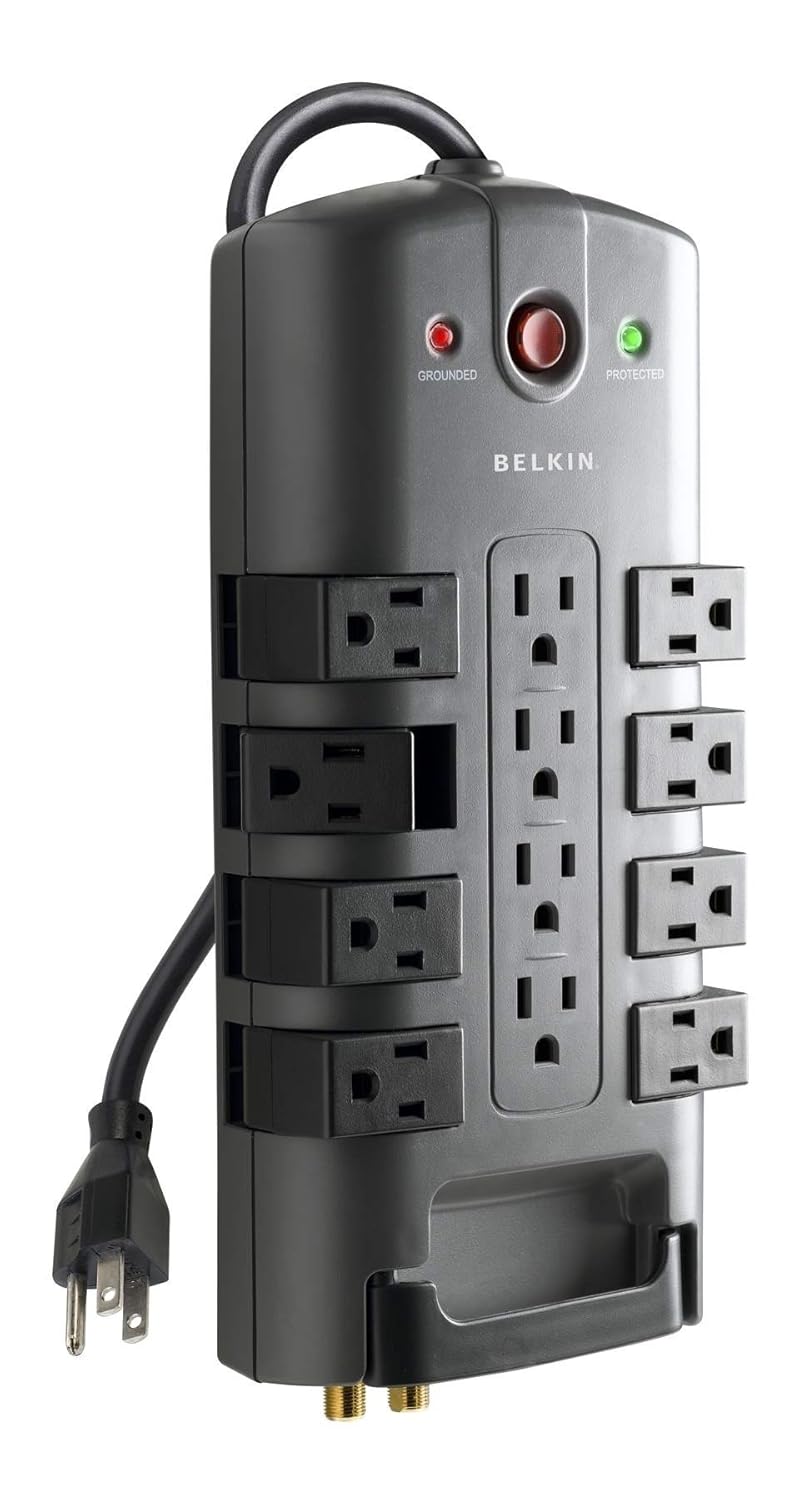 |
| View Latest Price → |
 |
| View Latest Price → |
 |
| View Latest Price → |
What to Look for in a Power Strip AC Surge Protector
Let’s return to looking at “power strip” type protectors. Why? Even if you have a whole-house protector, it’s good to have additional protection. Also, there’s the possibility that a surge could happen beyond what’s covered by the whole-house protector. For instance, someone could plug in the microwave to an outlet on the same line where you have your 52” TV!
Homes in the United States are run in the form of 120-volt, 60-hertz, single-phase alternating current (AC). Alternating current makes the voltage rise and fall in a predetermined rhythm. With every power surge or strike, this rhythm is disturbed. This can make your devices malfunction and reduce their durability. To avoid this using an AC surge protector is critical. A surge suppressor prevents the peak AC voltage from going above a certain threshold such as plus-or-minus 200 volts.
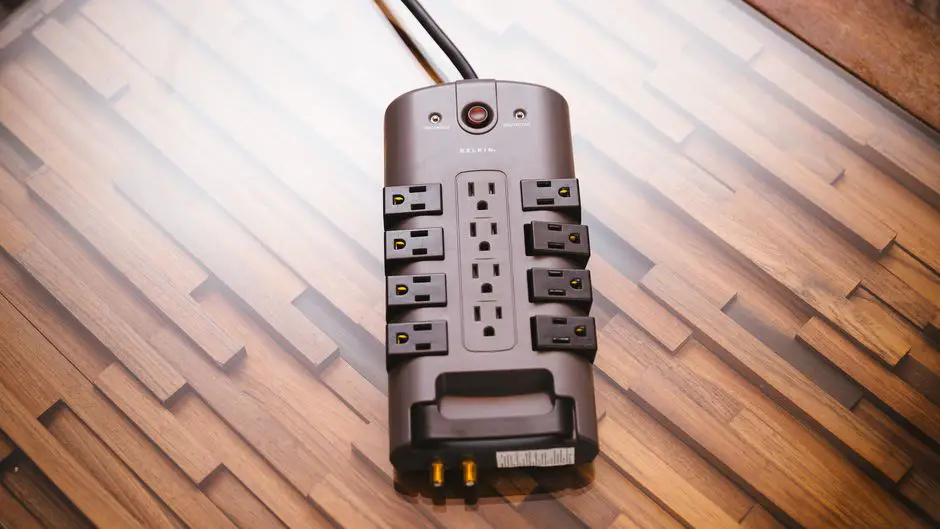
Photo Credit: CNet.com
Choosing a Whole-house Surge Protector
When purchasing a whole house surge protector, help prepare yourself by answering the following questions and reference notes that will help you in the purchase decision.
- What Modes of Protection does the surge protector provide? – A surge protector should at least protect Line to Neutral (L-N), Neutral to Ground (N-G), and Line to Ground (L-G) on both incoming lines.
- What is the Maximum Surge Current Capacity of the surge protector? This number should be measured in kA (thousands of amps) per phase. It represents the magnitude of jolt that a unit can survive.
- What is the unit’s Short Circuit Current Rating (SCCR)? This refers to the maximum level of short-circuit current that the surge protector can withstand.
- What is the Maximum Continuous Operating Voltage (MCOV)? – Higher is better, and it should never be lower than 115% of the system’s nominal voltage for both L-N and L-L.
- What is the surge protector’s NEMA enclosure type? This rating shows where a device can be safely and appropriately used – indoors or outdoors, in residential, public or restricted access areas, and much more.
Confused yet? These are complicated issues. And this is not a device you are going to be installing yourself. Always consult a licensed electricians to install your whole house surge protector. This article is to help educate you to understand and choose the right product in consultation with a professional.
Reviews of the Best Whole House and Power Strip Surge Protectors
To get as many gadgets as possible protected from surges and spikes, we have a few recommended power strip and whole house surge protectors listed below.
Best Overall Whole House Surge Protector: Leviton 51120-1 Panel Protector

PROS
- Easy for a professional electrician to install
- It has a sturdy metal body as required for a whole house surge protector.
- Great tech and customer support
CONS
- For indoor use only and will not perform its best outdoors
- It is not going to protect from a lightning surge
- Also, there is no audible alarm, so it needs to be checked manually
This is a wall-mounted surge protector that comes with a 120/240 Volt Panel Protector and 4-Mode Protection. It has a real-time diagnostic visual indicator that shows power and suppression status for each protected phase and a Standard J-Box metal enclosure.
This device is compatible with Decora Home Controls. It is designed for single-phase applications in homes and apartment buildings at the service entrance or other branch panel locations. It also works great in light commercial buildings where protection from high-energy, high-voltage transients is desired.
Leviton offers a 10-year limited lifetime warranty on this product.
Product Specs
Dimensions:
7 W X 4.06 D X 7″ H
Suppression Rating:
50k A
Number of Outlets:
1
Runner-up Whole House Surge Protector: Eaton CHSPT2ULTRA Surge Protection

PROS
- Can be easily installed even without the help of a professional electrician. We still recommend a consultation to make sure you’re adequately protected.
- Allows the following modes of protection Line to Neutral (L-N), Neutral to Ground (N-G), Line to Ground (L-G) on both incoming lines. It also protects Line to Line (L-L).
CONS
- Wires from the unit are pretty short and probably won’t reach the 50 amp breaker you’ll need in your circuit panel
- Not a convenient design for a side mount
Like similar devices, Eaton’s protector connects to the load center or the breaker box. It has an LED status indicator. Its specifications are 120/240V Surge Protective Device. 108kA/Phase. It’s UL 1449 certified.
Eaton has a quick-connect design that allows you to mount telephone and cable connection modules. This surge protector works both indoors and outdoors. It meets the relevant NEMA specifications for homes.
Product Specs
Dimensions:
2.38 x 5.25 x 7.5″
Suppression Rating:
108k A
Number of Outlets:
8
Best for the Money Whole House Surge Protector: Siemens FS140

PROS
- Easy to install and any local electrician can help you with that
- Offers three levels of surge protection
- Designed to handle lightning-prone areas
CONS
- Difficult to fit it into the breaker box. Your electrician may recommend using a conduit to make it happen
Siemens offers this UL 1449-listed Type 2 surge protection device. It is compatible with any brand of load center and breakers. It is enclosure rated for Type 4 outdoor, and can also be installed inside the load center. This device does have an audible alarm as well as warning LEDs.
The FS 140 can handle 140,000 amps. It comes with a 10-year product and connected equipment warranty.
Product Specs
Dimensions:
10 x 6 x 4″
Suppression Rating:
140k A
Number of Outlets:
1
Best Overall Power Strip: Belkin BE112230-08 12-Outlet

PROS
- Good buy for its price
- Spacious design allowing many devices to fit in with different plug types. Your devices are safe if there’s a power outage.
CONS
- Won’t safeguard your devices during a lightning strike
Belkin offers this 12-outlet power strip that works great for both home and office use. Its electrical rating for continuous duty is 15A/125V/1875W. It has a clip to manage long cords. It protects heavy-duty devices with a 3,940-joule energy rating.This surge protector has indicators that light to show when the devices are protected and when they are not. It also has coaxial cable protection. Belkin backs it with a lifetime warranty and $300,000 connected equipment warranty.
Product Specs
Dimensions:
6.1 x 2.1 x 15.6″
Suppression Rating:
3940 Joules
Number of Outlets:
12
Cord Length:
8 ft
5. Belkin 12-Outlet Pivot-Plug Power Strip Surge Protector

PROS
- Designed to offer extra room for large AC adapter plugs
- Offers essential power filtration and has coaxial protection to protect cable and satellite connections for clear picture and sound
CONS
- Does not have a built-in resettable circuit breaker
Belkin’s 12-outlet power strip surge protector has a 4320-joule rating that handles an input voltage of 125V. These outlets are comprised of 8 rotating and 4 stationary surge-protected outlets. That offers great convenience and flexibility. There’s also a 1-in, 2-out RJ-11 telephone/fax surge protection and coaxial protection. It has a lifetime warranty and a $300,000 connected equipment warranty.
Product Specs
Dimensions:
3.97 x 1.1 x 11.4″
Suppression Rating:
4320 Joules
Number of Outlets:
12
Cord Length:
8 ft
6. APC 11-Outlet Surge Protector 2880 Joules with USB Charger Ports

PROS
- Has a satisfying design and good quality
- Selective on/off which is controlled by the master switch
- The cord is long and heavy-duty
CONS
- Without using the master switch, you will not be saving energy
APC makes this 2880-Joule Surge Protector Power Strip. It has 11 protected outlets that have sliding safety shutters. Six outlets are block-spaced for those tough-to-fit larger adapters.
It has two USB charging ports as well. The product has a lifetime warranty with $250,000 equipment protection coverage.
Product Specs
Dimensions:
11.89 x 4.7 x 1.57″
Suppression Rating:
2880 Joules
Number of Outlets:
11
Cord Length:
6 ft
Best for the Money Power Strip: Belkin 6-Outlet SurgeMaster Wall-Mount Surge Protector

PROS
- Great value for money, especially with Belkin’s warranty policy
CONS
- Of course, you’ll need a screwdriver to mount it on the wall.
- Will not help if you are using a DSL filter, although we suspect those are rather rare now
- You may need to reset it right after a power outage. The design might be a turn off based on the appliances you intend to connect to it.
This wall-mount protector offers surge protection for entry-level computers, peripherals, kitchen appliances and other similar devices. The SurgeMaster has a 1045 Joule energy rating that provides standard protection for your basic electronic devices with a maximum spike current: 72,000 Amps / 1,240 Joules.
LEDs on this piece indicate if your devices are grounded and protected. Belkin offers a lifetime warranty and with $50,000 connected equipment warranty.
Product Specs
Dimensions:
2.52 x 5.31 x 6.69″
Suppression Rating:
36k A / 900 Joules
Number of Outlets:
6
Cord Length:
8 ft
A Power Strip Isn’t (Necessarily) a Surge Protector
A surge protector is different from a power strip. Though both allow you to plug in multiple electronic appliances into a single outlet strip, they have different purposes. While a power strip only allows you to plug multiple devices into one outlet at the same time, a surge protector also withholds and protects your plugged in devices from a power spike. In other words, a power strip is basically a fancy extension cord. A surge protector – well, it protects from surges.
To figure out the difference between the two, you’ll have to look for the electric rating. A surge protector will have a rating in Joules (abbreviated J or j), which is a unit of energy. It will also mention the maximum voltage that it can withstand at the time of a power spike. Phone and cable lines can also carry power spikes, so some surge protectors also come with connectors for these as well.



Power strips are cheaper than surge protectors. They simply offer a way to plug things in. A surge protector has a circuit breaker (or sometimes a fuse) to protect your devices when there’s a problem.
The maker of a surge protector normally offers coverage in case your unit is damaged at or below the surge they are certified for. That’s not available in the case of a power strip.
Some words will help you differentiate between the two are surge protection, fused strip or interrupter switch. If you can find these on the package, you know you’ve got a surge protector.
Why Use Whole House Surge Protectors and Power Strip Protectors?
Whole-house surge protection devices allow only the electricity your home needs and not the over-voltages that may come through the power lines from your utility company. Power strip protectors are located at the outlet plug where the electronic appliances are in use. Whole-house surge protectors are wired into the electronic service box located closer to the electrical systems of the house.
Basically, the whole-house protector deals with current coming into the house. Power strips that have surge protectors deal with individual electrical outlets.
Metal Oxide Varistors (MOVs) in power strips are completely destroyed or lose usefulness after withstanding a power strike. On the other hand, MOVs in whole-house surge protectors are built to withstand more than one power surge, allowing them to last for years.
Though whole-house surge protectors sound like the ultimate solution to withstand power surges in your house, by themselves they are not enough. You need to step further and adopt a 3-tier approach to protect electronic appliances in your house. Let’s look a little bit about the different type of surge protective devices (SPD).

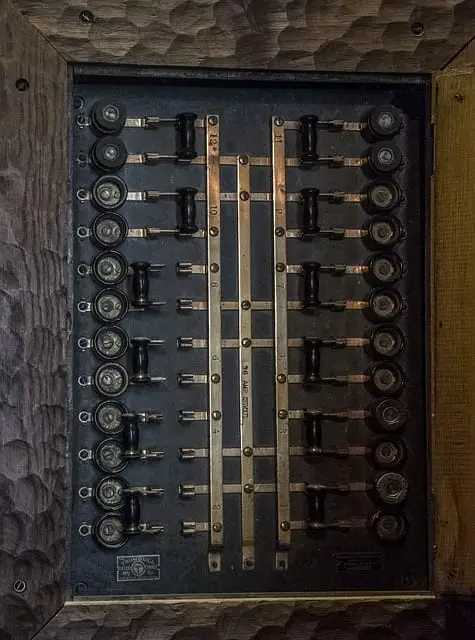

Photo credit: calldoctorfixit.com
Type 1 SPDs protect against surge caused by external factors like lightning or when the power bank switches fail. A Type 1 SPD is installed on the “line side” of your electric line’s main entrance. That is, it’s between the utility pole and your power meter. This is where power comes into your house. This is installed by the power company that supplies electricity to your house.
Type 2 SPDs are the next level of power surge control. They also protect against surges that happen inside your house, like when a large electrical load is switched on such as a pump, garage door opener, or air conditioner. These are installed on the branch or breaker panel. They work by protecting you where the power goes out to every part of your house. Type 2 SPDs are wired directly to the dual pole breaker in the breaker panel, protecting all the circuits and sub-panels.
Type 3 SPDs are surge strips. Sometimes, these may come with a power back-up (a UPS – universal power supply). These are found at your point of use and do not typically have any major installation process. They decrease the damage that could happen to your equipment a great deal.
Using a combination of these SPDs or preferably all of them together would protect your house’s entire electrical systems as well as appliances from damage that could be caused by power surges. Your utility company should be taking care of Type I, but the other two rest on your shoulders.
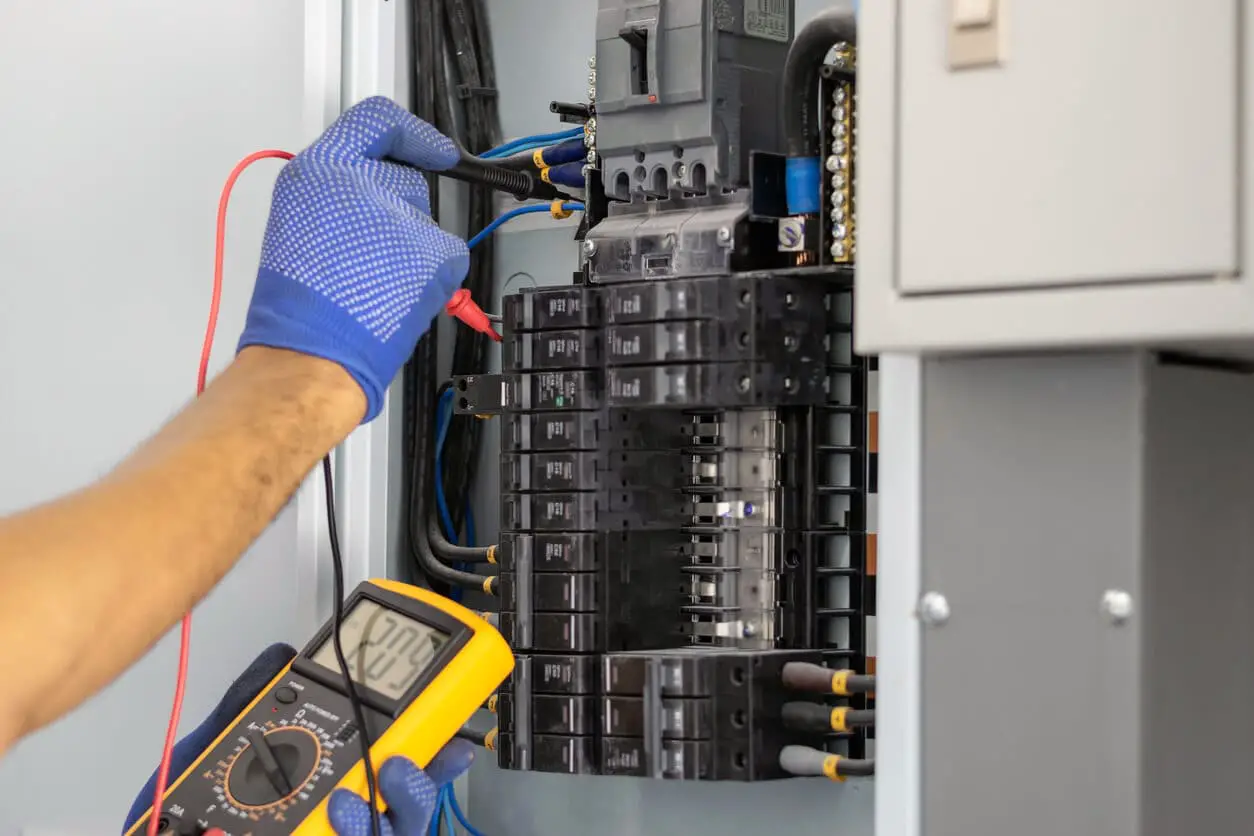
Photo credit: westhoustonelectric.com
Types of Power Surge Protectors
The primary distinction that will help you in purchasing an AC surge protector is your need for a power strip surge or protector versus a wall-mounted one. A power-strip surge protector has 6 to 12 outlets and can be placed close to the device in use. A wall-mounted surge protector has 2 to 6 outlets and typically comes with space where the cord can be stored inside the unit itself. Also you will find a few mobile versions which you may choose to carry and use during travel in a hotel!
Tip: Always purchase a power strip surge protector with more outlets than you think you need. You will always need to add something unexpected that will call for that extra outlet!
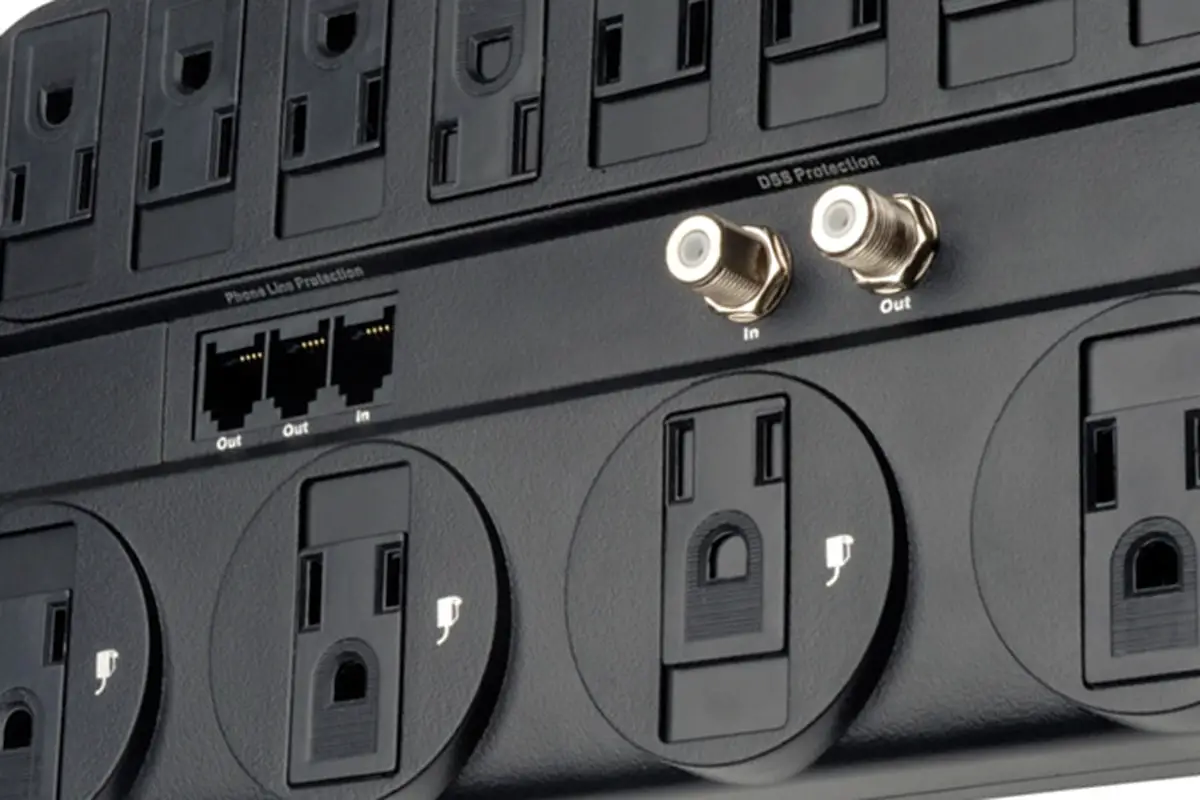
Photo credit: techhive.com
Type of Connection Units
As we mentioned earlier, surges and spikes occur not only through electrical lines but also through phone and cable lines. Some surge protectors are designed to moderate electrical imbalances even in those lines. They have ports in the outlet box that can accommodate RJ-11 (standard telephone), RJ-45 (ethernet), and coaxial (cable TV) connections. Some of them even come with a USB charging unit!
Joule and Absorption Rating
The Joule rating helps you determine the cumulative amount of energy a device is able to absorb before it needs to be replaced. The higher the rating, the better it is.
Absorption rating or clamping voltage tells you how much energy in Joules is being absorbed before a device fails. The lower it is, the better. Anything around 400 V or less is a good buy. 330 volts is generally the best available.
UL Rating
Your surge protector should be certified by Underwriter’s Laboratories. Most people will just say “UL listed”. A surge protector should meet UL 1449 standards. The other label you should look for is UL VPR (Underwriters Laboratories Voltage Protection Rating) which indicates the surge protector’s clamping voltage.
Warranty
Apart from the warranty on the surge protector itself, some manufacturers also warrant the devices connected to them. You may want surf through the fine print to understand this.
Tip: This is when you need to consider the devices and gear that you would want to plug into the power strip.
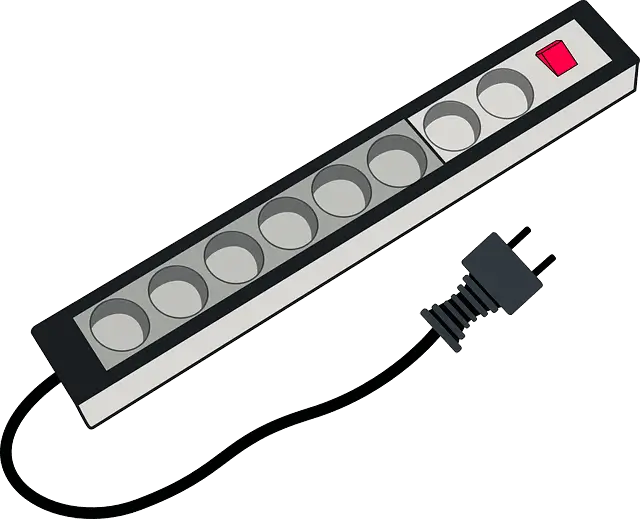


Price Points of AC Surge Protectors
AC surge protectors come in a few grades, measured in the product’s clamping voltage, joule rating, and amperage. You should also take into account the response time the protector offers.
Let’s dive deeper and rank them according to their protection level.
$7 – $25
This price range is for power surge protector strips and adapters covering the lowest clamping voltages.
They’re simple plastic appliances with up to 20 plugs. This category can only hold anywhere from 90 to 1500 joules and 1900 watts and is convenient to use with small house appliances that don’t need too much power to operate.
$25 – $50
Still made out of plastic, these power surge protectors can keep higher amperes and absorb the energy of as high as 4000 joules. However, these adapters don’t mention the response time.
While it’s generally okay to use the products in this category with larger appliances, you better check the user’s manual if they’re the best option for your air conditioner.
$50 – $100
If you don’t want to settle on something inferior to protect your precious AC from power surges, you’ve reached the tier where the joule ratings and amperages get more substantial.
In this category, power strips become more powerful. You’ll see products with metallic bodies and diagnostic indicators. It’s also typical to find the response time indicated in the product specifications.
$100+
Products in this category cover large power surges for industrial-grade appliances or main power source distribution switchboards from lightning strikes, switching transients, and overvoltages.
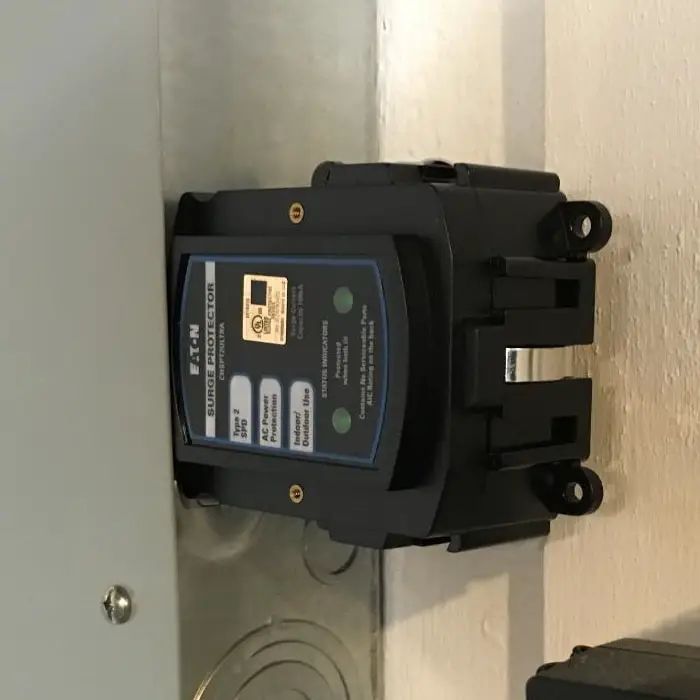
Photo credit: houseweather.org
Tips if You Expect a Power Surge is Coming
If you know a power surge is on its way or even better, you want to be safe with the unpredictability, here are a few tips.
- Use outlet surge suppressors between appliances and the outlet.
- Turn off the circuit breakers of the protectors
- Unplug all your devices from the power strip.
- Turn your HVAC system off at the thermostat.
- Use the 3-tier approach to protect electronic appliances in your house.
- Get some backup in the form of adapters, a UPS or a generator. A surge could always turn into a blackout.
- Live on low voltage with a basic minimum of appliances
- Always use a power surge protector!
Wait – did we just say you might know when a surge might be on the way? Yes! Of course, normally they’re unpredictable. But if there’s a storm rolling in – it’s good to take precautions. Another example might be at a time of day when air conditioners in your area are likely to come on. Especially in areas with older infrastructure, this can cause a “brownout” which is really a form of power spike.
Conclusion
One surge protector cannot completely safeguard all your devices. Each type of surge protector is designed with different functions to provide you with protection.
A combination of whole-house protectors and power strips with surge protection will serve you well. And of course, make sure your electricity provider also has Type 1 protection installed!
Together, these can go a long way to keeping all your equipment safe.
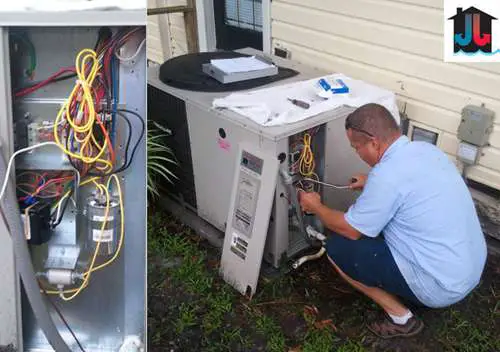
Photo credit: easyac.net
People Also Ask
Keeping your appliances safe from power surges is a number one priority. You don’t pay thousands of dollars for an AC to suddenly lose it to a power surge or a blackout. Here are a few additional questions regarding this issue.
How Long Do Surge Protectors Last?
While the number of service years depends on the power surges and the capabilities of the protector, the general rule of thumb is that they last around three to five years. Higher-priced models can serve longer.
Can You Plug an Air Conditioner Into a Surge Protector?
Surge protectors serve the purpose of saving your AC from electricity spikes. However, be careful to choose an adapter that can handle an air conditioner. Ensure that the joule rating is high enough and never plug the appliance into a conventional power strip.
Can You Plug a Window AC Into a Surge Protector?
Again, make sure that the surge protector has enough joules and amperage to handle the appliance. Steer clear from power chords and ensure that you buy a real surge protector with high enough electrical specifications.
Can You Use Any Surge Protector For an Air Conditioner?
No, ACs require specific protectors. Air conditioners have high power capacity, and not all surge protectors can handle them.
